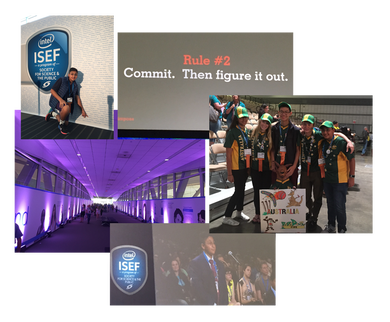OUR STORY
|
The BrainSTEM journey began in 2015 when Sid Verma witnessed his son's participation in the Intel-ISEF, the world’s largest international pre-college science competition.
He observed that while mentoring could provide practical and enriching experiences in STEM education, the opportunity for students to easily connect with professional STEM mentors was not always accessible. |
WHY WE DO WHAT WE DO
Reduced participation rates in STEM educationOnly 16% of our high school graduates go on to study in a STEM discipline [1]
|
REDUCED STEM COURSE COMPLETION RATESBetween 2001 and 2013, both enrollment and completion of tertiary STEM courses were at a flat rate in Australia [1]
|
FAILURE TO MAKE THE MOST OF AUSTRALIA'S BRAINPOWER Less than a third of current STEM graduates in Australia are women [2]
|
HOW WE'RE MAKING A DIFFERENCE
At BrainSTEM, we believe delivering engaging, practical opportunities for students to explore STEM will help drive the changemakers of the next generation and combat the declining participation in STEM subjects.
Interested? Find out more about our programs.
Interested? Find out more about our programs.
Sources:
[1] Future-proofing Australia's workforce by growing skills in science, technology, engineering and maths (STEM), PricewaterhouseCoopers, April 2015 [Online]. Available at: https://www.pwc.com.au/pdf/a-smart-move-pwc-stem-report-april-2015.pdf
[2] Australia's STEM Workforce, Office of Chief Scientist, March 2016. [Online]. Available: http://www.chiefscientist.gov.au/wp-content/uploads/Australias-STEM-workforce_full-report.pdf
[1] Future-proofing Australia's workforce by growing skills in science, technology, engineering and maths (STEM), PricewaterhouseCoopers, April 2015 [Online]. Available at: https://www.pwc.com.au/pdf/a-smart-move-pwc-stem-report-april-2015.pdf
[2] Australia's STEM Workforce, Office of Chief Scientist, March 2016. [Online]. Available: http://www.chiefscientist.gov.au/wp-content/uploads/Australias-STEM-workforce_full-report.pdf

